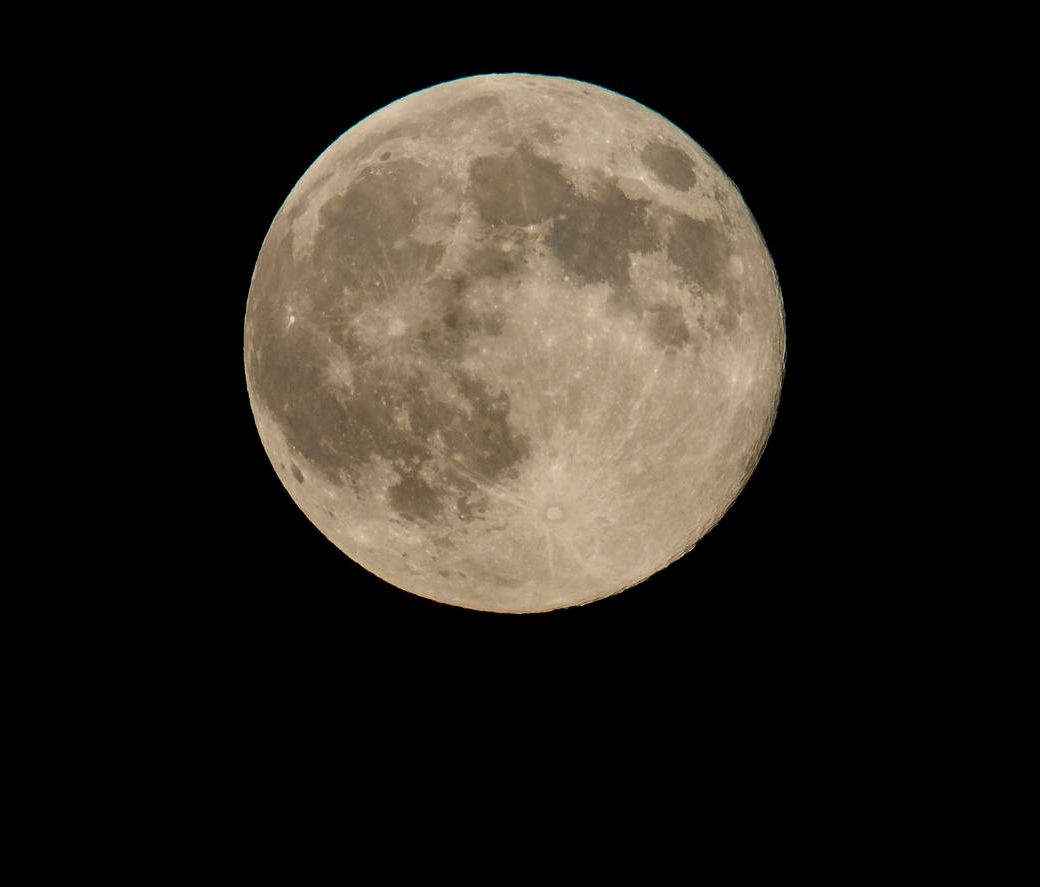Bear Fights & Moon Sex: History's Best Lunar Eclipse Myths

On Sunday (Sept. 27), skywatchers around the world will try to catch a glimpse of the full harvest moon as it passes through Earth's shadow. The upcoming "blood moon" eclipse is a chance for stargazers to ponder the forces behind this rare event, which is something that humans have been doing (quite creatively) for millennia.
Scientists now know precisely what causes total lunar eclipses (when Earth's shadow blocks out the sunlight that usually reflects off the moon), but in the absence of this knowledge about eclipses, humans have historically invented all kinds of other explanations for the awesome phenomenon.
From sky bears duking it out with the moon to coital relationships between celestial bodies, here are some of the coolest eclipse myths from around the world. [Stop the Lunacy! 5 Mad Myths About the Moon]
Bear fight
Throughout history, many cultures have associated lunar eclipses with some kind of conflict occurring in the heavens. Speaking with National Geographic in 2013, Edwin C. Krupp, director of the Griffith Observatory in Los Angeles, said that for many people, eclipses symbolized a "disruption of the established order."
That was certainly the case for the Pomo people of northern California. According to Pomo myth, lunar eclipses occur when a bear, wandering along the Milky Way, met the sun. When the sun refused to get out of its way, the bear challenged the sun to a fight. The scrap that ensued left the sun eclipsed for a brief period of time until finally, the bear moved on.
But the rough-and-tumble bear wasn't done fighting yet. The story goes, the bear walked along until it reached the moon (who happened to be the sun's sister) and challenged her to a fight, too. The moon, like her brother, was eclipsed in the battle.
Get the world’s most fascinating discoveries delivered straight to your inbox.
Mmm, moon
While few traditional eclipse myths suggest that the moon is made of cheese, many do involve the moon getting swallowed up by some hungry creature. The Cherokee, an indigenous tribe of the southeastern United States, told a myth about a frog that ate the moon, creating a lunar eclipse. The people of Vietnam told a similar, amphibian-themed tale, Krupp told National Geographic.
But the Nuu-chah-nulth and Kwakwaka'wakw peoples of the Pacific Northwest coast of Canada believed that something else had swallowed up the moon during an eclipse — the mouth, or the door, of heaven.
Ancient Mayan mythology explains that lunar eclipses occur when a jaguarlike goddess consumed the moon, and the ancient Aztecs point the finger at the fertility goddess, Cihuacoatl, who sometimes gobbled up Earth's only satellite, according to Susan Milbrath, curator of Latin American art and archeology at the Florida Museum of Natural History.
Celestial romance
Not all ancient tales about lunar eclipses end in destruction. Some of them are actually romantic. The Tlingit people of the Pacific Northwest coast of North America said that eclipses occurred when the sun and his wife, the moon, needed some time alone (in the dark).
And the Hupa people of northwestern California told a different kind of love story about lunar eclipses. According to Hupa myth, the moon was a man who went out to hunt every day and brought home the game he killed to a household full of hungry pets. When they weren't satisfied with their meal, the pets, which included rattlesnakes and mountain lions, would devour the moon (hence the eclipse). Luckily one of his many wives was always around to help bind his wounds and set him to shining in the sky once more.
Follow Elizabeth Palermo @techEpalermo. Follow Live Science @livescience, Facebook & Google+. Original article on Live Science.


